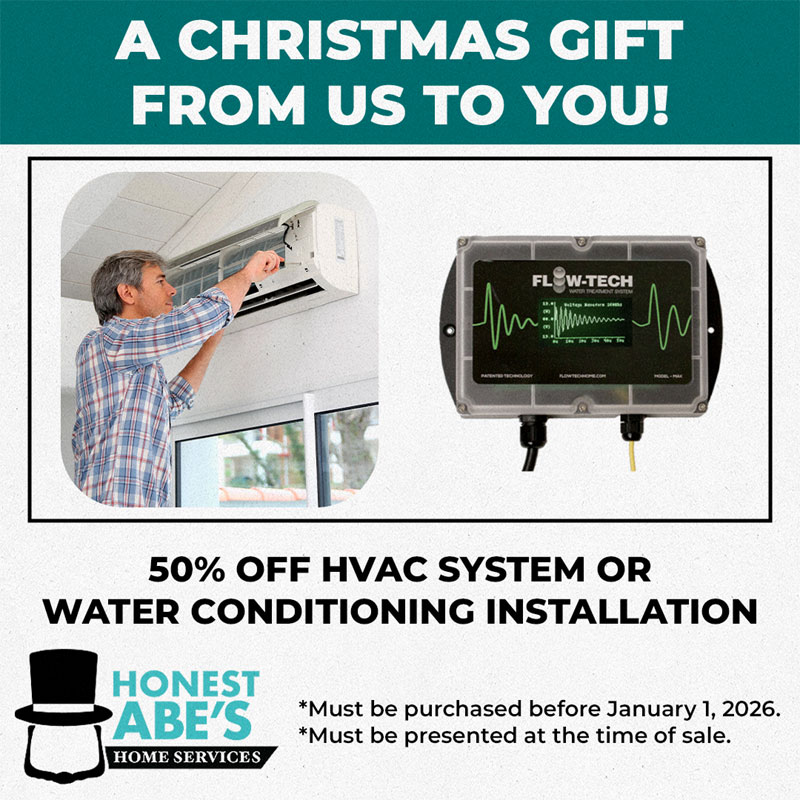Our public water supply is clean and safe for human consumption. However, it is not impossible for our clean water to become contaminated. This occurs when there is improper tubing and faulty pipe connections in the home. This is where backflow preventers come in.
Wastewater backflow into your clean water supply can be prevented when using the best plumbing tools.There are several backflow prevention devices on the market, so it is essential that you learn the different types of devices and which one will suit your home best.
Backflow Preventers
 In plumbing, the term “backflow” refers to when water flows in the reverse direction, such as wastewater that flows backward and mixes with the home’s clean water supply.
In plumbing, the term “backflow” refers to when water flows in the reverse direction, such as wastewater that flows backward and mixes with the home’s clean water supply.
This poses serious health risks to occupants of the home or anyone who consumes the water supply inside. Many city codes require the use of backflow preventers to prevent backflow.
Places like food processing factories, in stock hospital water, and municipal water systems utilize backflow preventers to safeguard the public from severe water contamination.
What Are Air Gaps?
 Contaminated water and clean water should never meet! Each should always flow through separate pipes. The best way to prevent this type of backflow with an air gap.
Contaminated water and clean water should never meet! Each should always flow through separate pipes. The best way to prevent this type of backflow with an air gap.
An air gap in plumbing is used to describe an open, upright space or gap between the water break and a fixture’s flood level.
Wastewater is sent over the gap of air, therefore, blocking contamination. Air gaps are a guarantee that your clean water supply is protected from wastewater contamination.
Pressure Vacuum Breakers in Irrigation
 Another backflow prevention device, called pressure vacuum breakers, will shield against water backflow.
Another backflow prevention device, called pressure vacuum breakers, will shield against water backflow.
They are very effective in irrigation systems, used to prevent non-drinking water from inadvertently entering the clean water supply by way of an irrigation system.
The tank will shut off a control valve that reduces any backflow from leaking into the clean water supply when the water pressure is below the air pressure.
An atmospheric vacuum breaker, or AVB, is a dependable and cost-efficient backflow prevention device with a top lid that opens to let air into the system and fills it up if back-siphoning should occur. The top lid works with a poppet valve that is squeezed by the water system pressure.
Which Backflow Preventer Should You Get?
 The backflow prevention device that you buy depends largely on your individual plumbing system and sewer line. If you live in a milder climate, pressure vacuum breakers can be used in homes to restrict backflow as a result of a vacuum force in the pipeline.
The backflow prevention device that you buy depends largely on your individual plumbing system and sewer line. If you live in a milder climate, pressure vacuum breakers can be used in homes to restrict backflow as a result of a vacuum force in the pipeline.
PVBs will send air into a pipe to stop the absorption. You may add more modifications to the backflow from inside the plumbing system. Controlled pressure zone preventers and assembly preventers can quickly shut close if a backflow that clogs the pipeline system should occur.
Not only are backflow prevention devices highly effective, but they are also a requirement in many cities. Check with your city’s building authorities for their recommendations for plumbing backflow preventer preconditions and if permits are required.
Want to learn more about backflow prevention devices? The backflow prevention specialists at Honest Abe's Home Services in Osage Beach, MO are ready to help you find the right backflow preventer for your home’s plumbing supply and any other plumbing questions you may have.



